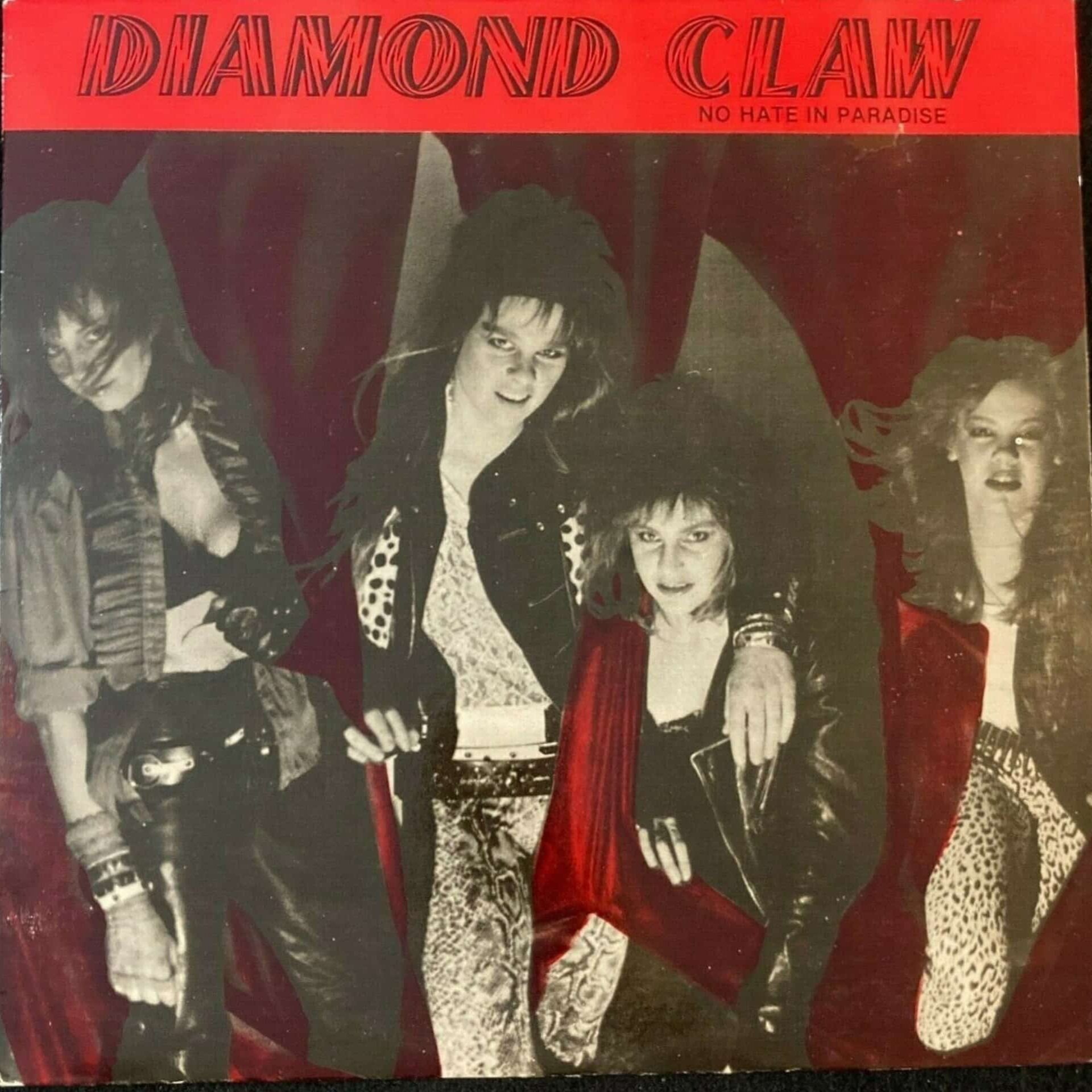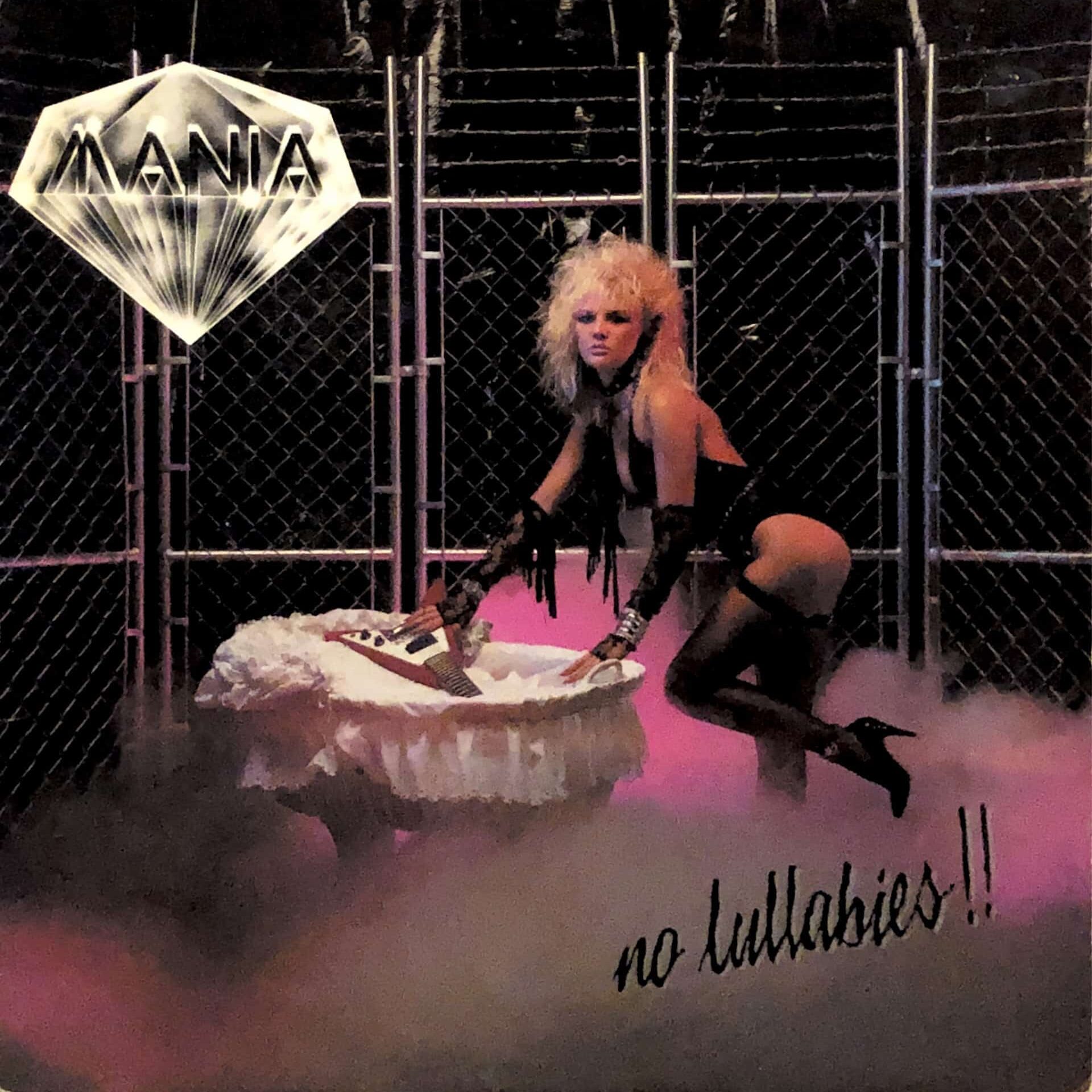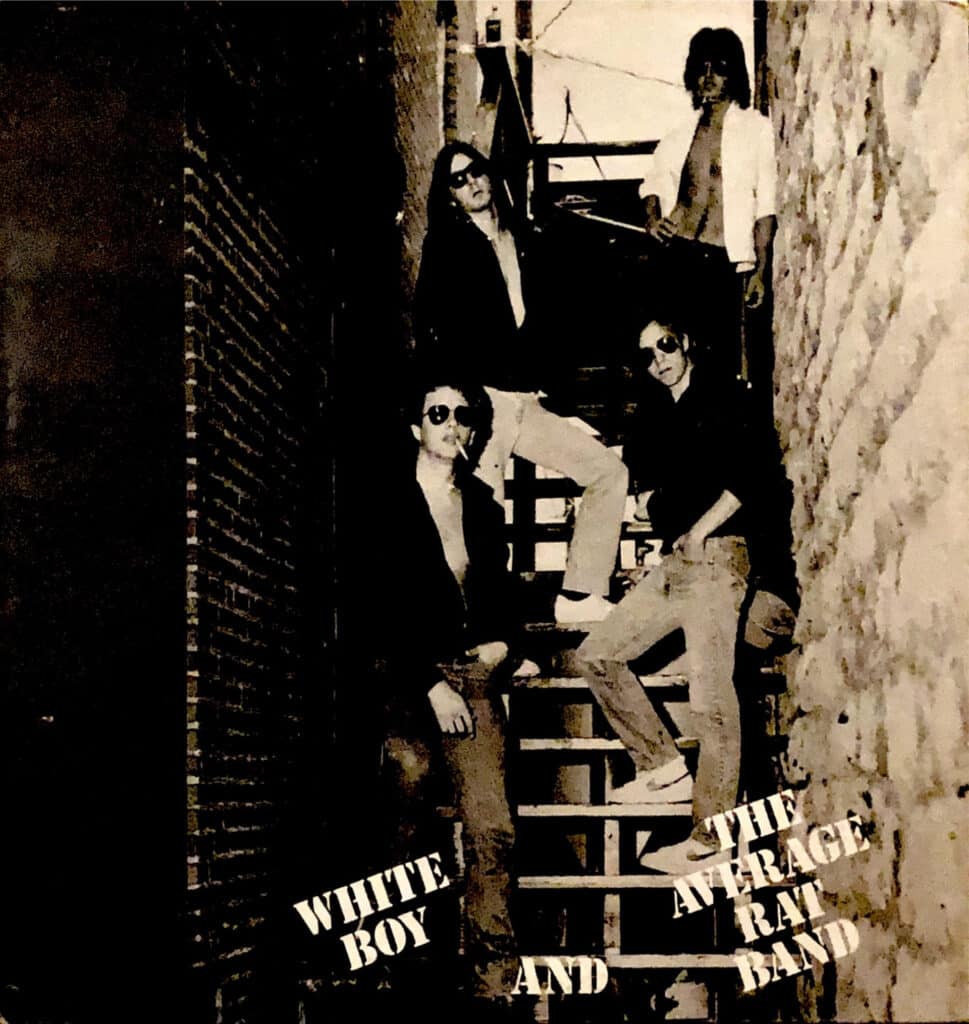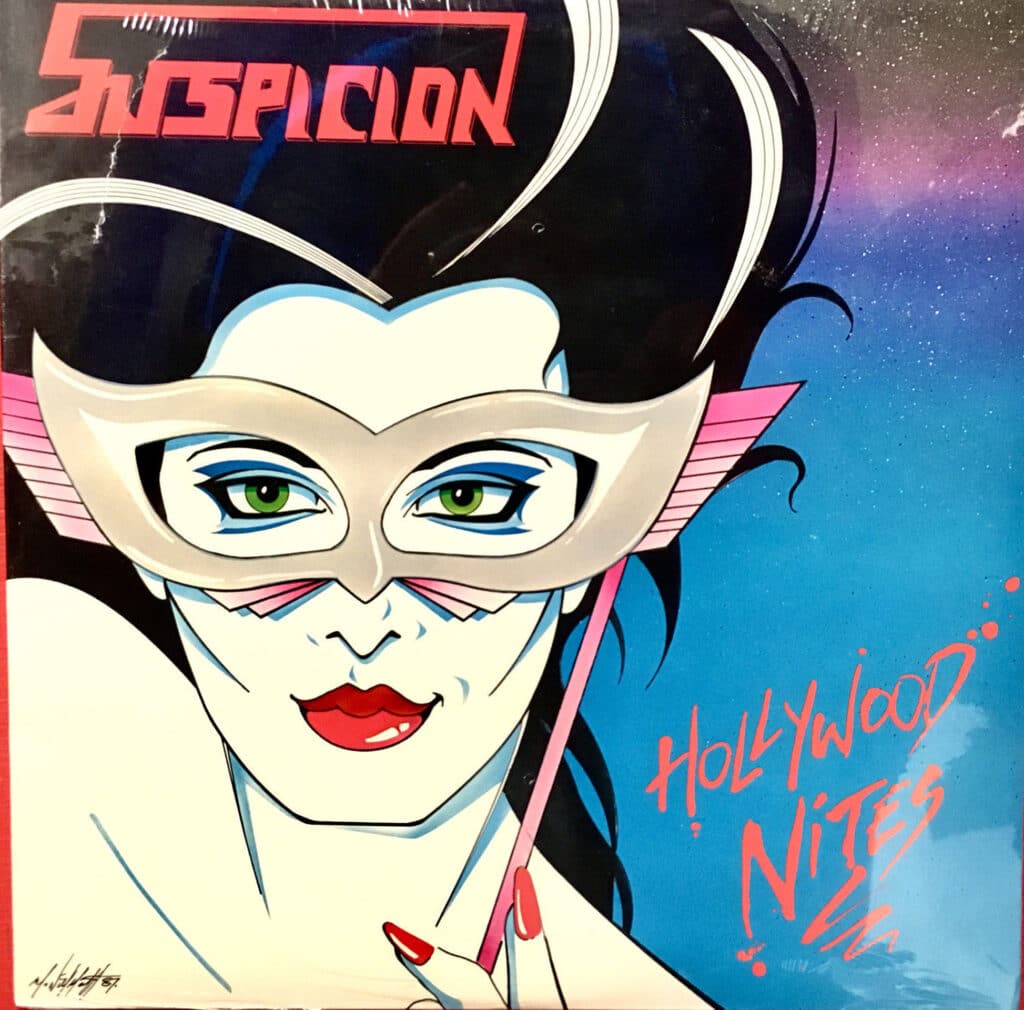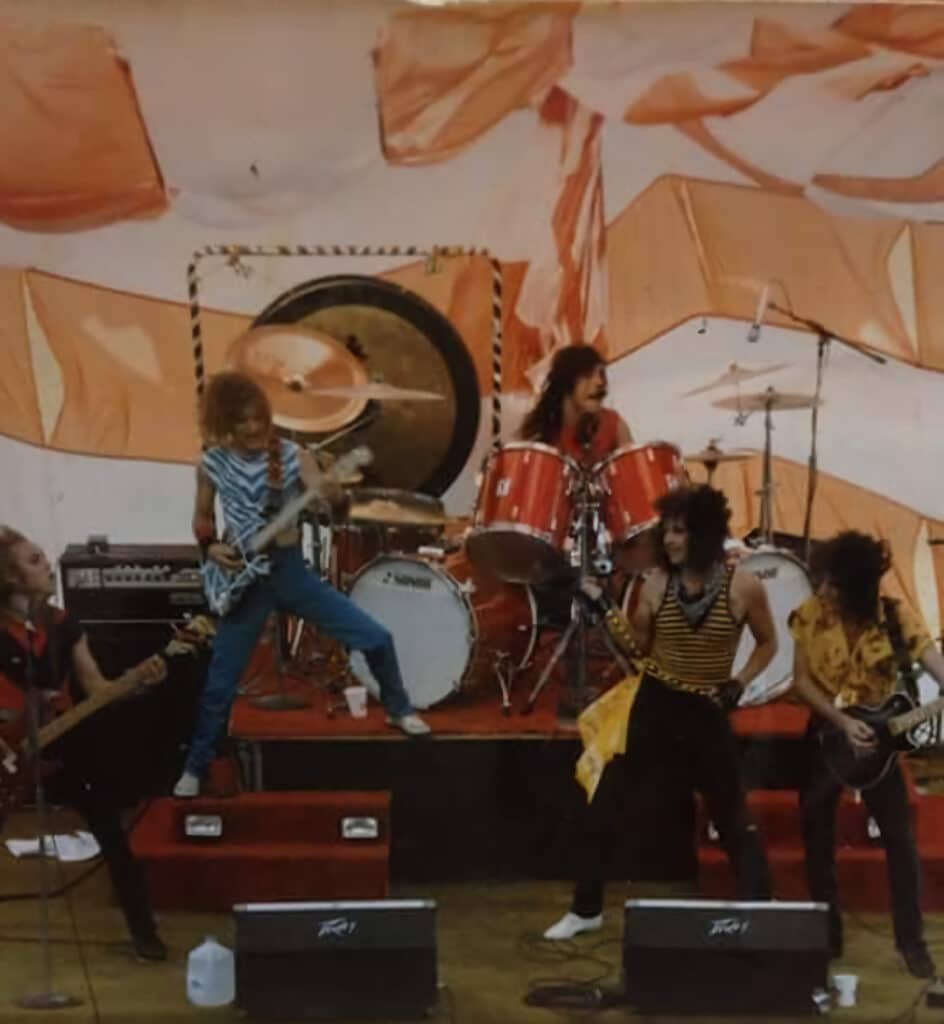Back in the 1980s, American men grew out their hair, donned spandex pants and crop tops, lined their eyes with kohl, and joined heavy metal bands — with zero qualms about having their masculinity or sexuality questioned. They thrashed and writhed, singing songs of destruction and love, embracing the darkness of life while touring the country in the hopes of records deals and groupies.
Drawing inspiration from late 1960s rock bands like Led Zeppelin, Black Sabbath, and Deep Purple, as well as ’70s bands like Judas Priest, Van Halen, and Kiss, a new generation of working class guitar heroes fearlessly embraced speed, power, and complex riffs to howl their angst-riddled rage against the machine.
Deftly blending androgyny, machismo, and anti-Christian iconography into a potent cocktail of sex, frocks and rock & roll, heavy metal became the voice of rebellion in Reagan America. Their dark, oft-demonic energy fueled fundamentalists’ worst nightmares of a ritualistic abuse dubbed the “Satanic panic.”
As unsubstantiated claims of occult-driven cannibalism, child murder, torture, and incest swept the heartland, liberals and conservatives joined the fray, using the full force of the government to persecute musicians through under the guise of the Parents Music Resource Center (PMRC). They organized a list dubbed “The Filthy Fifteen,” targeting popular artists like Prince and Madonna for sexual lyrics.
But they leveled the bulk of their censorship efforts toward top heavy metal bands like Mötley Crüe, Twisted Siter, W.A.S.P., Black Sabbath, and Venom. Taking a page from Senator Joseph McCarthy, who leveled the Red Scare to root out communists in the 1950s, the PMRC organized Senate hearings with the hopes of infringing on First Amendment rights.
The Recording Industry Association of America conceded to place “Parental Advisory” labels on select releases, an effort that ultimately reduced the PMRC to a joke. Heavy metal bands continued to flourish; artists like Metallica, Iron Maiden, and Guns N’ Roses going on to mega-stardom while the genre continuously reinvented itself with new incarnations like black metal, doom metal, and death metal.
So much for censorship.
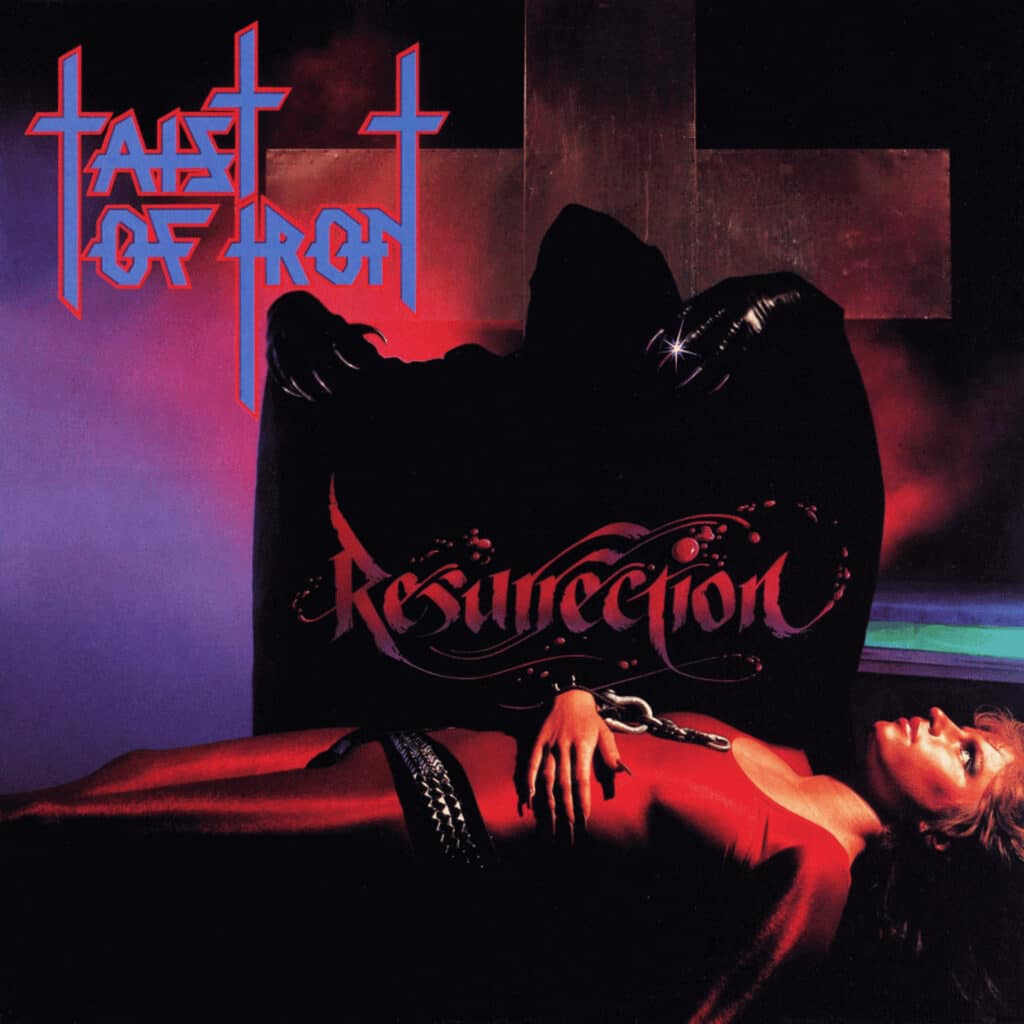
Rude Awakening
Although some heavy metal artists became superstars, most did not. But that didn’t stop them from following the D.I.Y. path mapped out by punk bands: practicing in the garage, releasing independent albums, and booking local tours themselves.
With the new book, Heroes of the Metal Underground: The Definitive Guide to 1980s American Independent Metal Bands, author Alexanro Anesiados profiles local bands from every corner of the United States who might not have hit the Billboard 100 but achieved hometown fame. Organized by region, the book presents a snapshot of the era in all its unsung glory, showcasing a dazzling array of provocatively named bands like Murder Suite, Diamond Claw, Heathen’s Rage, Savage Thrust, Kryst the Conqueror, and Rude Awakening.
Although Heroes of the Metal Underground largely focuses on the music, the role of photography cannot be denied as the bands took great care to use the album covers to craft their public image. At a time when men boldly donned big hair, heavy rimmed eyes, and skimpy clothes without fearing their sexuality be questioned, the album cover became a stage to display the pleasure they took in flouting the rules of polite society.
Everywhere there is leather, denim, animal prints, aviator glasses, skintight satin and slouch socks, with a healthy splash of medieval, Viking, and demonic iconography. Like the music, the artwork was D.I.Y. but that only adds to the authenticity of the message itself. Freedom and rebellion went hand in hand with the power of imagination, which demanded no less that rejection of all things conventional. The album covers promised entrée into the realm of anti-heroes on a quest. That they were raw and unpolished, yet wholly stylized only added to their allure.
“Boy, did the eighties have great fantasy picture sleeves!!!” Elias Chatzialexis, owner of one of the world’s largest private heavy metal record collections, is quoted as saying in the book. “Okay, I understand, we’re not collecting stamps, but if a private record has great epic music AND a fantasy cover, it becomes an American metal collector’s wet dream.”
Heroes of the Metal Underground: The Definitive Guide to 1980s American Independent Metal Bands is published by Feral House, $42.95

